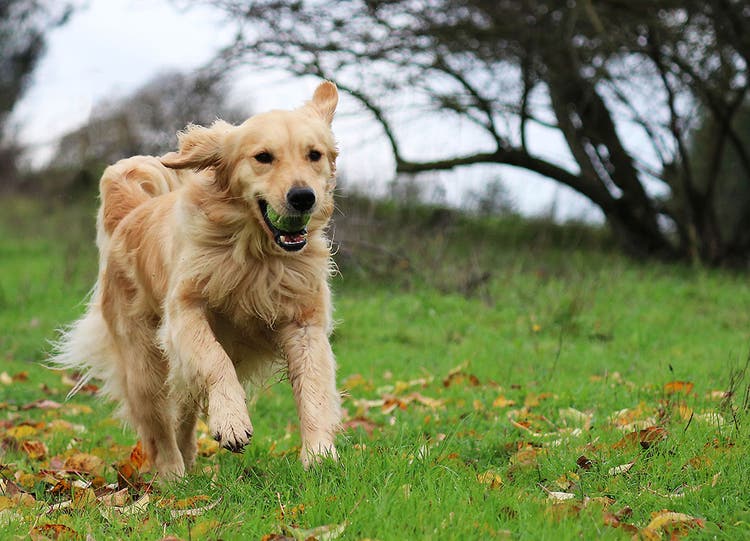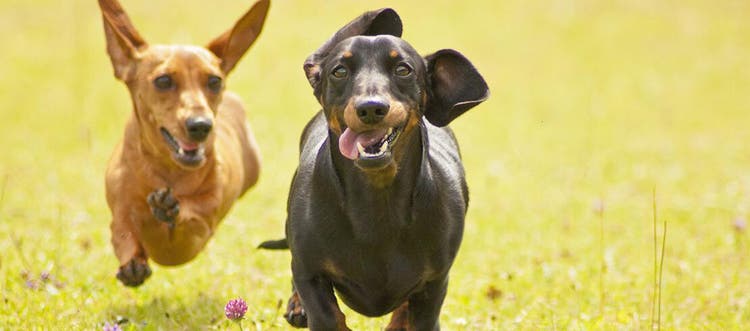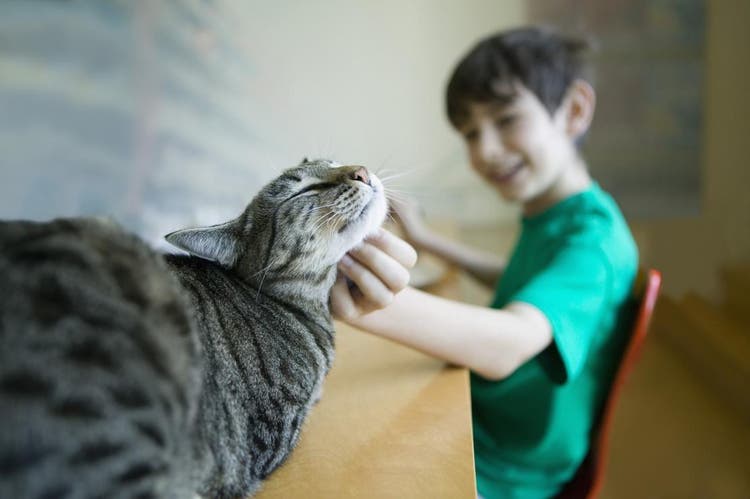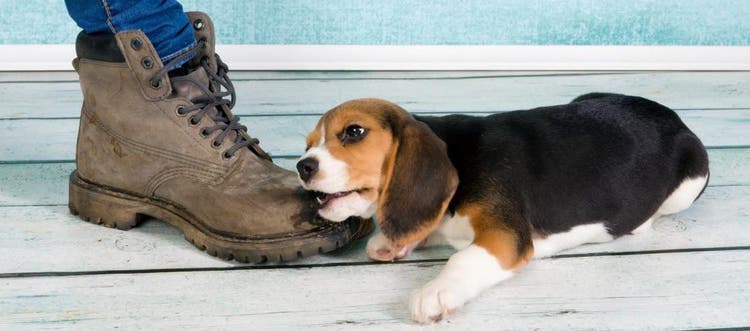You might think you need to have a huge house with a big fenced-in outdoor space to get a dog. But the truth is, if you’re living in an apartment or a smaller house, there are plenty of breeds that will adapt to your space and steal your heart. Here are some of the best dog breeds for small apartments and homes.
Bichon Frise: the cuddly powder-puff
PROS
Size: From 4 to 9 kg, this intelligent dog doesn’t take up much room and is easy to travel with.
Hypoallergenic: The Bichon has hair, not fur, and produces less allergens than many other breeds. They also don’t shed.
Friendly: Bichons are very friendly and make great pets for children and seniors. They also get along with other dogs and cats.
Less exercise: Bichons require much less exercise than larger breeders.
Quiet: Unlike many small dogs, Bichons are docile and not loud or yappy.
Longevity: Bichons can live 15+ years, which is wonderful news for loving owners.
CONS
Housebreaking: It can take time to toilet train a Bichon. Consistency and patience are required.
Grooming: The Bichon’s fur is easily matted so frequent brushing or grooming is required. Common to white dogs, they may experience tear staining and their faces may require frequent cleaning.
Separation Anxiety: Devoted to their owners, Bichons suffer when left alone for long periods.
Health: Bichons can be prone to skin issues, including strong reactions to fleas (Flea Allergy Dermatitis).
Havanese: the Cuban companion
PROS
Size: Under 7 kg, this small breed fits into any size home and travels easily.
Hypoallergenic: the Havanese’s double-layered coat is hair instead of fur and barely sheds, and they produce less dander than many other breeds.
Less exercise: Havanese require less exercise than larger breeds.
Barking: Well-socialized Havanese dogs tend to be less yappy than other toy breeds.
Friendly: Cheerful and playful, the Havanese is well suited for children. They also get along with other dogs and cats.
Trainable: Havanese are easier to train than many toy breeds.
Longevity: Havanese can live 15+ years.
CONS
Separation Anxiety: Havanese tend to cling to their owner and shouldn’t be left alone too long.
Grooming: Havanese have a luxurious coat that requires frequent grooming, or it will become tangled and matted. Many owners get their coats clipped every few months.
Cavalier King Charles Spaniel: the cuddly confidant
PROS
Size: Between 6 and 8 kg, these intelligent spaniels are happy to be with their owners wherever they go and are excellent travellers.
Sweet: Cavaliers are loving and want to spend all day on their owner’s lap. They are polite, gentle and kind with children. They get along with other dogs and even cats, if raised with them.
Exercise: Cavaliers need less exercise than bigger breeds but, being spaniels, are athletic.
Training: These placid dogs are relatively easy to train, as they are very eager to please.
Quiet: Cavaliers that are well-socialized tend to bark less than some other toy breeds.
CONS
Velcro: Cavaliers can suffer from separation anxiety and should not be left alone for long.
Prey drive: Cavaliers were bred to be hunting dogs so birds and small animals like rodents and rabbits may trigger them to chase.
Health Issues: Cavalier ears need to be cleaned regularly, they tend to have weight issues, and the breed can suffer from hereditary problems. Make sure your breeder has tested for these issues.
Border Terrier: the natural choice
PROS
Size: Between 6 and 8 kg, rugged Border Terriers offer big-dog personality in a small, sturdy package.
Friendly: Wonderful with children, these happy-go-lucky family dogs have a reliable, even temperament. One of the friendliest terriers, they get on well with other dogs and cats, if raised with them.
“Natural Dogs”: A “natural” breed, their wiry coat is weather- and dirt-resistant and requires little to no grooming. They shed less than other breeds.
Longevity: Hardy Border Terriers can be active up to 15 years old and beyond.
CONS
Prey Instinct: Border Terriers were bred to work with Foxhounds in England and Scotland for centuries and retain the instinct to go after any small animal, including cats they don’t know. They may not be good around pet rodents or rabbits.
Sensitive: Eager-to-please Border Terriers respond will to positive reinforcement.
Barking: Border Terriers are very responsive to their owners and can be quiet or verbal, according to their early training. Care must be taken to teach them the quiet approach as pups.
Greyhound: the surprisingly lazy lounger
PROS
Affectionate: These stately dogs are loving and loyal to their owners and calm and gentle with children. They get along well with other dogs.
Couch potatoes: Although built for speed, they have a peaceful nature and are very laid back.
Exercise: They do require regular exercise, but you may be surprised to discover that greyhounds require far less exercise than many other dog breeds.
Quiet: Not dominant or territorial, greyhounds rarely bark and are often compared to cats.
Low maintenance: Greyhounds have short coats that require little to no grooming.
Rescue: Most pet greyhounds are retiring from the track, so you can feel great knowing you’re giving a worthy dog a new chance on life.
CONS
Large: These placid aristocrats are large dogs who weigh up to 43 kgs (95 pounds). If excited they could accidently knock over a toddler or an elderly person.
Shedding: Although their coat is short, greyhounds do shed little hairs everywhere.
Delicate: Greyhounds are very thin with little padding, they can get cold during Canadian winters and require warm coats and boots. During deep freezes their time outside should be kept to a minimum.
Prey drive: Sighthounds, greyhounds are bred to chase down game. Some of them retain a high prey drive and may go after small animals, rabbits, cats and even small dogs. Greyhounds should never be left off leash.
Rescue dogs: one-of-a-kind friends
PROS
Rescue: you’re always a hero when you rescue a dog, plus you are freeing up space for another homeless animal to be saved.
No Surprises: when you rescue a slightly older dog you know what you’re getting. Rescue organizations will help you find the dog with the energy and temperament that’s perfect for you. You never know - sometimes the best dogs for condo life could be the bigger ones!
Unique: With a dog breed many other dogs on the street could look like yours. When you rescue a mixed breed, however, you truly are getting a one-of-a-kind dog!
Trained: Some adult rescue dogs are already housetrained and may even know tricks.
CONS
Unknown history: As a rescued pet, you may not know the dog's history. It can sometimes take time for trust to develop.
Additional training: Some dogs end up in shelters because they lacked training as pups. The good news is that dogs are eager to please and training your new pooch will only increase the bond between the two of you.









